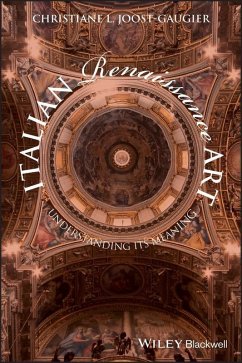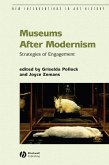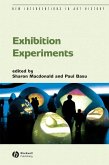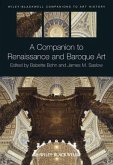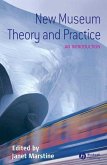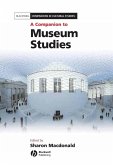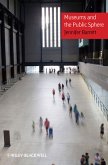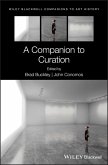Dieser Download kann aus rechtlichen Gründen nur mit Rechnungsadresse in A, B, BG, CY, CZ, D, DK, EW, E, FIN, F, GR, HR, H, IRL, I, LT, L, LR, M, NL, PL, P, R, S, SLO, SK ausgeliefert werden.
"I highly recommend the very important and fascinatingbook ItalianRenaissance Art: Understanding its Meaning by Christiane L.Joost-Gaugier, to any historians, art critics, art history andRenaissance history students and academics, and to anyone seeking adeeper understanding of the real meaning and currents that werepresent in Renaissance Italy. This book will transform how you viewthe art and the artists of the fifteenth and sixteenth centuries inItaly, and guide you toward thinking of the Renaissance as animportant idea and not as a time period." (BlogBusiness World, 13 April 2013)
"I highly recommend the very important and fascinatingbook ItalianRenaissance Art: Understanding its Meaning by Christiane L.Joost-Gaugier, to any historians, art critics, art history andRenaissance history students and academics, and to anyone seeking adeeper understanding of the real meaning and currents that werepresent in Renaissance Italy. This book will transform how you viewthe art and the artists of the fifteenth and sixteenth centuries inItaly, and guide you toward thinking of the Renaissance as animportant idea and not as a time period." (MoneyTalks, 13 April 2013)
"Joost-Gaugier's book makes a major contribution to ourthinking about Italian Renaissance art. Her fresh ideas willbe useful for students as well as for advancedscholars."
Joseph Manca, Rice University
"Superseding earlier textbooks full of oversimplifieddescription, Professor Joost-Gaugier's book teaches students how toread and discuss art. Its central insight - that theRenaissance was an idea that motivated artists of the time -is supported by the author's sensitiveinterpretations."
Luba Freedman, Hebrew University of Jerusalem
"An engaging introduction to the subject, with a welcomeemphasis on art's formal language. Students will relishJoost-Gaugier's descriptions of Renaissance paintings and hererudite narrative."
Mary D. Garrard, American University

